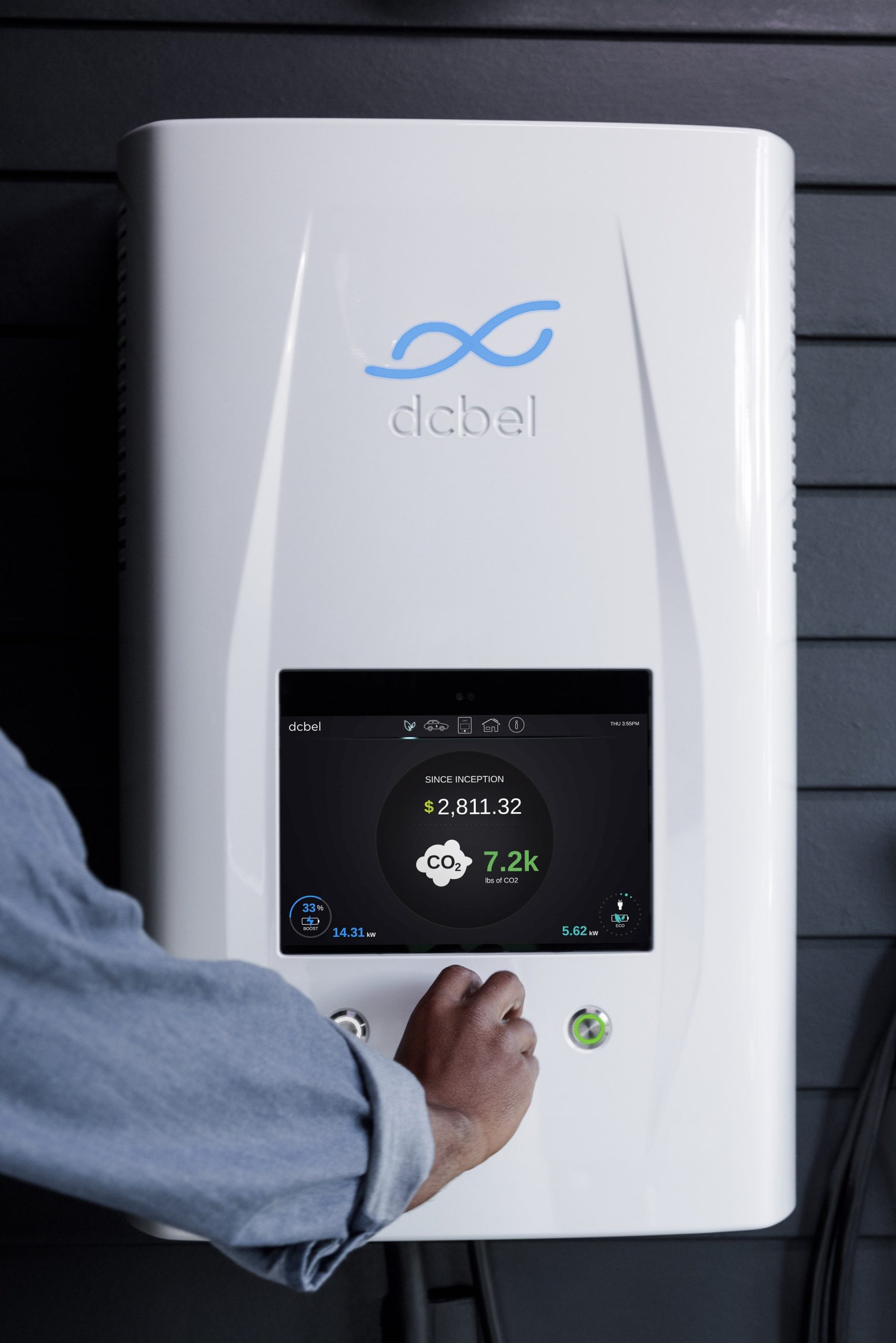Because solar panels generate direct current, inverters are required for solar cells. For the most part, household appliances are powered by AC power. Its job is to change the DC power input into AC power. You might be wondering whether or not solar cells require inverters. First, let’s talk about the function of inverters. You have the same query then in solar cells.
Why are inverters necessary for solar cells?
In the modern world, alternating DC and AC power is necessary. While sensitive technology requires a more direct electricity source, the grid can function on AC power. For instance, solar cells produce DC power using solar energy from the sun. As a result, tiny solar cells can have more. In addition, DC power, when connected, boosts the solar panels’ output potential.
Solar cells and inverters supply electricity to the AC appliances in our houses. A large amount of DC electricity is generated by several solar panels and then delivered to an inverter. The Inverter then changes it from DC to AC. It also demonstrates the necessity of solar panel inverters.
A reverse power approach is provided by solar cells. Due to their widespread use, they will continue to satisfy the needs of goods like 12V batteries. When searching for AC power, conversion programs can be practical and advantageous, using anything from a single cell to a sizable solar panel.
AC solar cells—can they function without an inverter?
One of the most crucial parts of solar cells is the Inverter. It converts the solar panels’ direct current (DC) energy into alternating current (AC) energy that can be used to power a grid. Home appliances, whether AC or DC, require fuel to operate. Imagine that all of your home’s DC-driven equipment is powered by solar energy. You can skip the solar PV system’s inverter component in that situation.
Solar cells only generate DC electricity. 12, 24, and 48 volts are the three most typical DC voltage ranges. Solar panels can still function without an inverter if household equipment runs on DC electricity.
It’s noteworthy that AC solar cells can operate without an inverter.
However, it might give different voltages depending on your equipment’s needs, which could harm it. Batteries in solar cells that are connected to the grid can also be charged using solar energy. Your home receives AC electricity from it even when there is no sunlight. To avoid overcharging the backup batteries, a charge controller is necessary.
Whether or not you require an inverter depends depend on the type of equipment you connect to the panel.
For instance, you may use an inverter and link solar panels or batteries to a charge converter. A system like this is considered off-grid.
What makes solar inverters so important?
A solar inverter also provides protection against electrical dangers and aids in preventing overload and short-circuit damage. For example, suppose there is excessive current flowing through the system. In that case, solar panel inverters will shut off automatically until the problem is fixed. Because of this functionality, installing a grid-connected solar power system safeguards your property against fires and other electrical issues.
Can you connect a solar cell directly to an inverter?
This is one of the solar panel-related queries that gets asked the most. Depending on the size of your solar cells, the answer is either yes or no. The disadvantage of direct connections to inverters is that if the output voltage of the solar panel is higher than the input voltage, the Inverter may malfunction if the output voltage of your solar system falls below the input rating of the Inverter. However, the solar panel inverters can be directly linked to the solar panel.
You have several options if your system voltage is higher than the Inverter.
- Choose a charge controller and battery pack to control the output of the solar panels (voltage regulator)
- Connect the panel to a string of diodes to lower the output. However, this uses a lot of energy and reduces the effectiveness of the solar panel to the inverter system.
- Use a buck converter to lower the panel’s voltage. This is ineffective and substantially less expensive than buying a charge controller and battery pack.
How are the solar cells linked to the Inverter?
A solar inverter can be connected to a grid or a battery. Additionally, it works with an alternator (you will need to ask the seller if it is operable). It’s known as a hybrid or off-grid Inverter. This helps maintain a constant grid supply during the day and at night. The administration will continue to be provided for a while even if the power goes out. If your system has a battery bank, you will want a second solar panel for the Inverter.
Various Solar Inverter Types
Home solar inverters come in a variety of varieties, including the following:
- Central String Inverter
- Inverter and Power Optimizer
- Small Inverter
Central String Inverter:
The string inverter has long been the most cost-effective choice. This is the most traditional and widely used kind of Inverter still in use today. In addition, the Inverter is located on the side of the house. As a result, it is simpler to monitor, maintain, or replace the solar power inverter now than in the past.
It’s essential to choose where you’ll install your solar Inverter. Keeping the Inverter away from dampness, out of direct sunlight, and well-ventilated means maintaining it in good operating order and extending its life. However, string inverters may be more effective in maximizing solar output.
Inverter and Power Optimizer:
The power optimizer and the string inverter convert DC power to AC power. With this setup, the output of the entire board is mostly the same if a solar panel is partially shadowed. Additionally, the Power Optimizer can monitor each solar panel separately at the system and panel levels.
This enables you to identify any problems with solar production swiftly. Because a power optimizer must be purchased separately, it is a more expensive option for those who wish to install a solar system. The power optimizer is also attached to the solar panel’s rear. Later on, this can make maintenance and replacement more challenging.
Small Inverter:
Microinverters change the voltage from DC to AC from the back of each solar panel. A separate microinverter handles each forum’s conversion. As a result, one of your panels will produce less power if a shadow is cast. The other boards’ manufacturing, though, won’t be impacted. The most expensive Inverter available is this one.
If your roof needs to be shaded, this is a good solution. Microinverters, on the other hand, is found on the solar panels’ backs. Additionally, they can be more challenging to fix and replace because they are only reachable from the ceiling.
A solar inverter charger is what?
A solar inverter charger is an improved version of a standard inverter. The inverter charger transforms DC electricity into AC energy. When there is no electricity, it charges the battery pack to keep you powered up. This is helpful in locations without enough sunlight to charge the battery pack. For instance, an inverter charger can be beneficial if you meet the following requirements.
- Need to refuel your energies or reside in a dim area with little access to sunshine
- Off-grid living with access to shore power
- need a backup power supply
The inverter charger will charge the batteries when they are low. However, the power produced by the panels will only be able to reach the batteries once they are complete.
Last Words
Solar panel inverters are not necessary for solar panels to operate. Solar panels generate DC energy; thus, some things that need AC might not work with them. However, this might result in harm to the machinery and other parts. For this reason, inverters are still widely used in ac solar cells. Make sure an inverter is included when you purchase a solar panel system for your home or business.
Suppose you want an inverter for your home from Pakistan. So you can purchase your inverters and solar panels from that companies.









